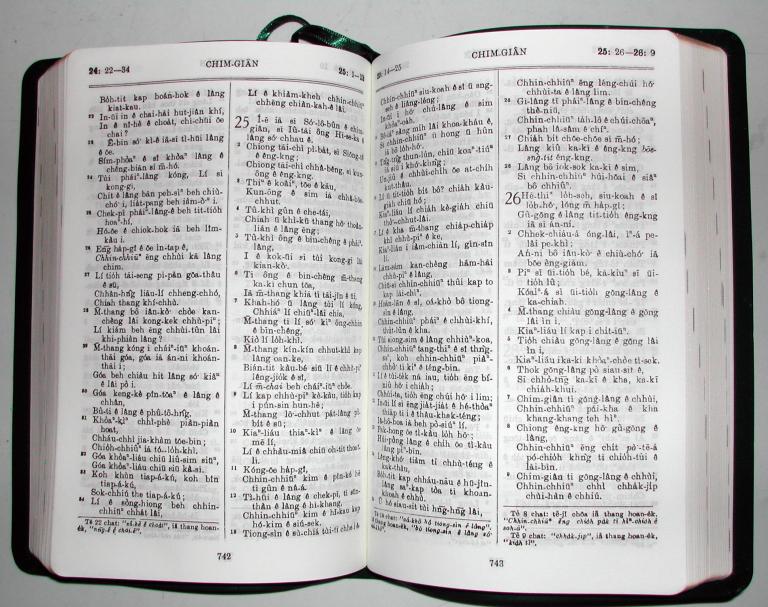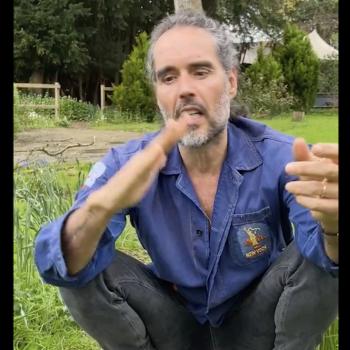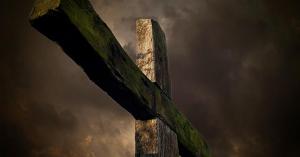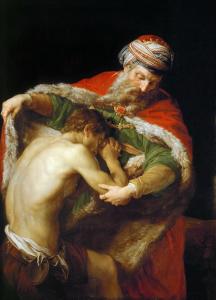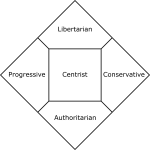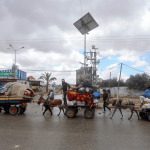The sacrificial system pointed to Jesus Christ Who would eventually be the once-and-for-all sacrifice for all those who would trust in Him.
Reasons for Offerings
There is such difficulty in determining a central theme of the Pentateuch but I believe that the five major offerings are of such great importance for the following reasons. First of all, the fall of mankind had severed the personal fellowship that Adam and Eve had enjoyed and had been blessed by in the Garden, and when sin entered in, God naturally could not dwell where sin is present for he is too holy to abide in the proximity of uncleanness. Therefore, the centrality of the purpose of the offerings reveals how sin required a blood sacrifice showing just how offensive and grotesque sin is. Although these offerings could not take away sin but simply covered them (Heb 10:11), they clearly show that sin is costly and that restorative measures are necessary to atone for such offenses. These offerings are a shadow of the redemptive plan of God which was fulfilled in Christ at Calvary (Heb 10:22). The burnt offering symbolizes the totality of Christ’s offering to make us at one with God as it satisfied the wrath of God through Jesus Christ. Leviticus 16:17 reveals that until an atonement is made, one cannot even enter into the “holy place” until he has made “an atonement for himself, and his household, and for all the congregation of Israel,” and atonement required the shedding of blood (Lev 16:18). The Hebrew word for atonement is “kaphar” is the same word used for “to coat” or “cover with pitch,” and even the secondary meaning is to “cover over”, “pacify,” or “propitiate” and was the same word used for the pitch that the Noah’s ark was to be covered with.1 As the flood waters symbolize God’s judgment, the “kaphar” (pitch) was used to keep the waters (God’s judgment on sin) out while covering those inside from death.
Cleansing Sacrifice
This theme is continued into the Old Testament since the offerings of Leviticus are shown to be fulfilled in Christ by the author of Hebrews but is also systemic throughout the Old Testament, perhaps no more clearly revealed than in Isaiah 52:13-15 and 53:1-11. We see His bearing our sins (53:11), and the Lamb slaughtered in our place (53:7, 12), thereby having His righteousness imputed to us (2nd Cor 5:21; Isaiah 53:11) so that we could enter into God’s presence (53:12). Here is why David blessed the Lord’s name because he (and we) can be redeemed from the pit (Psalm 103:4) by the forgiveness of sins (Psalm 103:3; 130:4) which in Christ can blot out our sins (Psalm 51:1) and cleanse us (Psalm 51:2) and make whiter than snow (Psalm 51:7), but it is not by our effort but by an effectual work of God Himself who cleanses the heart (Psalm 51:10) after repentance and confession (Psalm 51:1, 3), knowing that sacrificial offerings really couldn’t take away sins (Psalm 51:16-17). Since God has forbidden the drinking/eating of the blood because the life is in the blood, we see the importance of blood in relation to its need for life because sin is mentioned 17 times alone in Leviticus 15 and 9 times in chapter 16.
Offerings Symbolism
There are five major offerings mentioned in the Bible, but I want to go outside of the Book of Hebrews to apply how the offerings are revealed in Christ that reflects the offerings in commanded in the Book of Leviticus. For example, the “sprinkling of blood” is mentioned (1st Pet 1:2), which must have been a familiar term to Peter because blood was thrown at the altar (Lev 17:6), then sprinkled on the mercy seat (Lev 16:14) and intended for the people (Lev 16:15), which was representative of Christ’s blood (1st Pet 1:19) with the purpose of putting our own flesh to death (1st Peter 3:18), and cleansing every one of our sins (1st John 1:8), and by His blood being justified and thus, spared from the wrath of God (Rom 5:9). The propitiation by Christ’s blood that’s taken by faith was spoken of by the Apostle Paul (Rom 3:25) and is strikingly similar to that mentioned in the Hebrew word “kaphar” for covering, pacify, or to propitiate for, and the Greek word “hilastērion” relates to an “appeasing” or “expiation” and is also, very interestingly, used for the cover of the ark of the covenant in the Holy of Holies “which was sprinkled with the blood of the expiatory victim on the annual day of atonement” like Noah’s ark was covered with pitch. [2]
Paid in Full
Even the peace offerings (Lev 3) required blood, and by the offering of Christ, this allows us to have peace with God (Rom 5:1) and having no more condemnation (Rom 8:). Outside of these books and chapters mentioned, no single chapter of any book in all of the New Testament mentions the necessity of the shed blood more than Hebrews 9: The priest could enter into the Holy of Holies only by means of the blood (7), but today it is not by the blood of animals but by Christ’s own shed blood that we can enter into the Holy of Holies (12) which means being in the presence of God, and since animal’s sacrificial blood (13) didn’t really cleanse but covered, we needed perfect sacrificial blood which was supplied by Jesus Christ (14). This was the sacrificial blood of the original covenant that God commanded (20) that was required to be sprinkled on the tabernacle, altar, and the vessels (21), which was a lesson that without the shedding of blood there is no forgiveness (22). The high priest had to repeat what Jesus would do once and for all time, and with His own blood (25). Since the priests work was never done there were no chairs to sit on, but Christ is now seated at the right hand of the Father since this requirement is completed, paid in full, or as Jesus said, “It is finished” or literally “paid in full.” The Greek meaning of the word is “teleō” which means to “bring to a close,” “to finish,” or “to end,” or as some translations have it, “paid in full.” The shadow is overtaken by the Real Substance, the Lamb of God. The shadow was inferior but the Light that caused the shadow in the first place is now hear (John 1:4-9).
Conclusion
The Old Testament sacrifices were a bloody reminder of how costly sin is and how difficult it was to atone for. The tremendous amounts of shed blood were to help remind the nation of Israel that sin is costly….it requires a life, and today it reminds us of just how costly it was for God to save us. God grants life through repentance and faith, just what Jesus said was necessary (Mark 1:14-15), but it also required the shed blood of Jesus Christ, so if the sacrifices teach us anything, it’s that sin costs us…and for those who have trusted in Christ, it cost Jesus His own life, but since He was sinless, the grave couldn’t hold Him (Acts 2:24), and neither can it hold us if we’ve trusted in Christ. Jesus Himself said, “I am the resurrection and the life. Whoever believes in me, though he die, yet shall he live, and everyone who lives and believes in me shall never die. Do you believe this” (John 11:25-26)? That’s a very good question isn’t it? How will you answer it? Do you believe this?
Article by Jack Wellman
Jack Wellman is Pastor of the Mulvane Brethren Church in Mulvane Kansas. Jack is a writer at Christian Quotes and also the Senior Writer at What Christians Want To Know whose mission is to equip, encourage, and energize Christians and to address questions about the believer’s daily walk with God and the Bible. You can follow Jack on Google Plus or check out his book Teaching Children the Gospel available on Amazon.
1 “Hebrew Lexicon : H3722 (KJV).” Blue Letter Bible. http://www.blueletterbible.org/lang/lexicon/lexicon.cfm?Strongs=H3722&t=KJV (Accessed Oct 28, 2017).
2 “Greek Lexicon : G2435 (KJV).” Blue Letter Bible. http://www.blueletterbible.org/lang/lexicon/lexicon.cfm?Strongs=G2435&t=KJV (Accessed Oct 28, 2017).

